
Ljubljana Cathedral
Ljubljana, SI
The St. Nicholas Cathedral of Ljubljana was built from 1701 to 1706 on an ancient church site. The cathedral is among the most important baroque monuments in the country.
Here you can search for a building to visit. You can use the map find destinations, or you can use the filters to search for a building based upon what different criteria.

Ljubljana, SI
The St. Nicholas Cathedral of Ljubljana was built from 1701 to 1706 on an ancient church site. The cathedral is among the most important baroque monuments in the country.
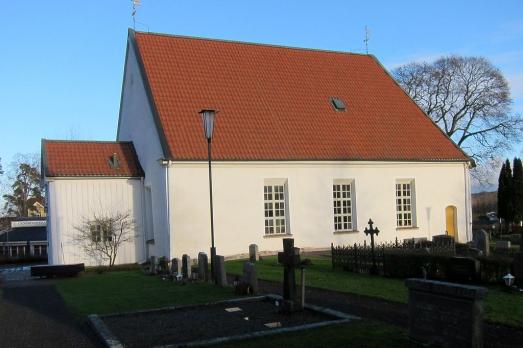
Jönköping, SE
The Ljungarum Church building dates back to the 13th century. It now belongs to the Jöngöking Christina-Ljungarum Parish. The bell tower was built next to the church building.
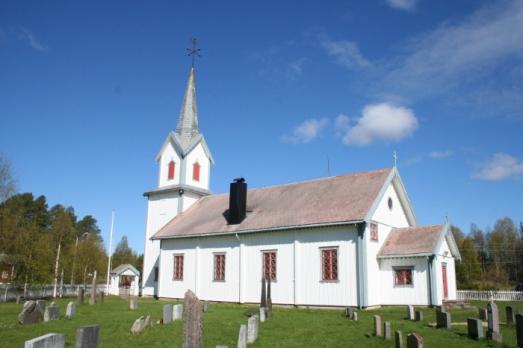
Trysil, NO
Ljørdalen church is a long, relatively simple church, built in 1872. The church is supposed to have been designed by Per Moen of Ljørdalen, but the forms and the original shape of the tower with its spire may indicate forms from Linstow's design of 1829. The church was clad with exterior panels and the tower was erected in 1897.
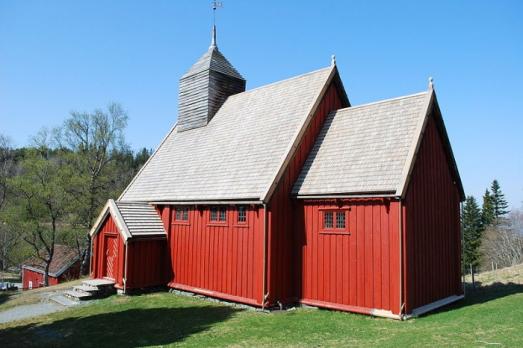
Trondheim, NO
Lo's church, which is now in the Trøndelag Folk Museum in Trondheim, was originally located on the Åsenfjord, where it was probably built around 1615.
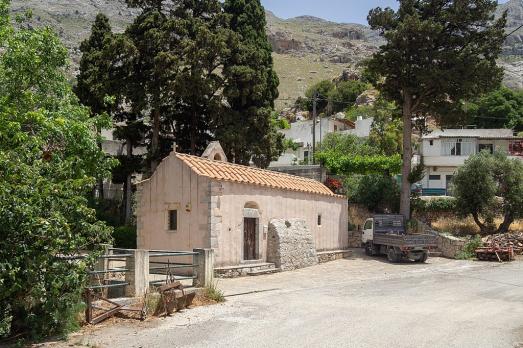
Platanes, GR
This local church in Platanes is located at the entrance to the village.
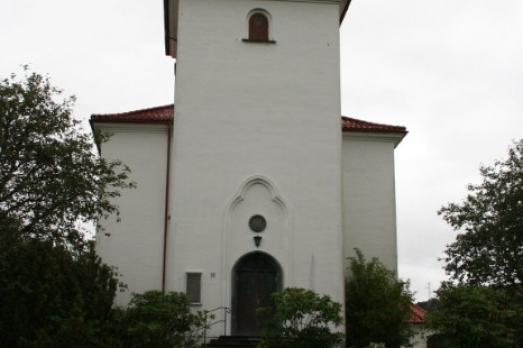
Bergen, NO
Loddefjord church was built in brick in 1926. The architect of the church is Ole Landmark.
Leiden, NL
Exceptionally interesting church building with tower. Major renovations in 1809 and 1957. Roman Catholic Church dedicated to St. Lodewijk, originally a chapel of St. Jacobsgasthuis. In 1632 part of the Saaihal transferred here. In 1762 designated as the Saaihal. In 1810 after major renovations put into use as a Roman Catholic Church. Organ front made in 1769 by J.J.Mitterreither. b. Organ case by I.Reichner, made in 1806 for the Remonstrant Church in The Hague and transferred to the Roman Catholic Church in Krommenie in 1864. In 1957 the Vermeulen company placed this case in the Lodewijkkerk. This case contains the instrument that stood behind the Mitterreither front from 1769 to 1957. The instrument contains a lot of pipework from around 1700. The Roman Catholic Lodewijk Church at the Steenschuur has undergone a major restoration. The church has also been completely painted. But the Mittereither organ in particular has been restored. This organ originally stood in the clandestine church at the Appelmarkt, near the Nieuwe Rijn. During the gunpowder explosion in 1807, the cloth hall at the Steenschuur was converted into a Catholic church by order of King Lodewijk Napoleon. Hence the name of the church. When the church was finished, the organ was moved from the church at the Appelmarkt to the new Lodewijk Church.
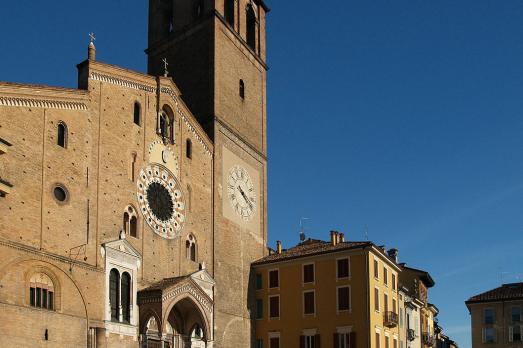
Lodi, IT
The Cathedral of Lodi is one of the largest Romanesque churches in Lombardy and the oldest monument in Lodi: the foundation stone of the building was symbolically laid on 3 August 1158, the day the city was founded. The first phase of its construction dates back to the period between 1158 and 1163; the crypt was solemnly inaugurated with the translation of the relics of Saint Bassianus in 1163, in the presence of Emperor Frederick Barbarossa. A second phase took place between 1170 and 1180, but the façade was not completed until 1284. Subsequent 18th-century restorations carried out by the architect Francesco Croce changed the original appearance of the building, which was however restored in 1958-1965.

Stryn, NO
The Loen church is an octagonal wooden church dating from 1838. The master-builder of the building was Elling Waldboe. He was probably inspired by the church in Innvik for the construction of this church. The church has changed little over the years and is therefore one of the churches that give the best impression of what Norwegian churches of this type were like in the first half of the 18th century.
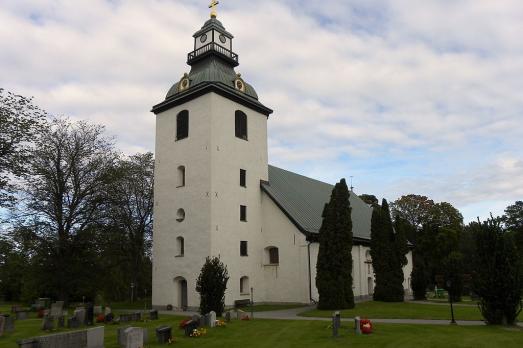
Loftahammar, SE
Loftahammar Church was completed in 1764 and replaces a wooden chapel, Hammars Capell, from the early 17th century. The tower was built in 1775-77 and the bells from the old tower were moved to it.

new
The Chassidic Route is a cultural and historical trail tracing the rich legacy of Jewish communities in southeastern Poland and western Ukraine. This region was central to the rise of Chassidism in the 18th century. Here, we highlight 10 remarkable synagogues you’ll discover along this route.

he cradle of the Industrial Revolution in Germany, Chemnitz, is well-known for its industrial heritage landscape, but the city is also home to remarkable examples of religious architecture from different historical periods. Join us as we explore the key landmarks of this European Capital of Culture 2025.

The twin towns of Nova Gorica (Slovenia) and Gorizia (Italy), lying on the border between the two countries, have a rich religious heritage, steeped in centuries of tradition. If you are looking for ideas for your visit, take note of these 10 religious sites that you should not miss.